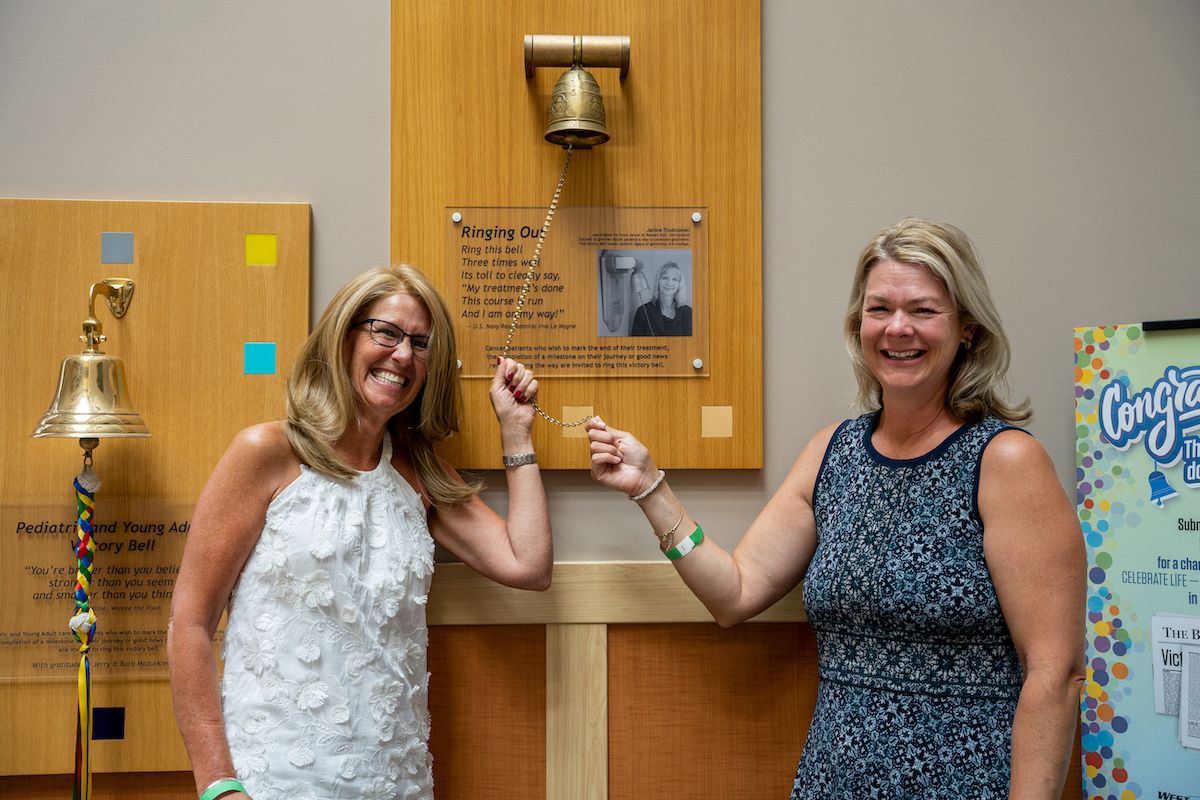Cancer survival rates are typically discussed using the term, 5-year relative survival. This term refers to the proportion of patients alive five years after their diagnosis. In the United States, national data shows that among women with breast cancer, 91.7% are still alive five years after diagnosis.
Early detection = higher survival rate
Patients diagnosed with early-stage breast cancer fare even better. This speaks to the power of breast cancer screening with mammography, which can detect small, early-stage breast tumors in women years before symptoms would appear. The National Cancer Institute records five-year relative survival statistics in these broad categories:
- Localized disease. Where the cancer is confined to the primary site, survival is 100%.
- Regional disease. Among patients whose disease has spread to regional lymph nodes, survival is 87.2%.
- Distant disease. Patients with breast cancer that has already spread (metastasized) to distant body areas at the time of diagnosis, survival is 32.6%.
Learn more breast cancer statistics and statistics for breast cancer subtypes from the National Cancer Institute.
How Roswell Park optimizes your survival
As a national leader in cancer care, Roswell Park’s approach includes several components that maximize survival and quality of life, including:
- A team of breast cancer specialists with unique expertise in complex and rare diagnoses, BRCA gene-mutation-associated cancers, and metastatic, locally advanced and recurrent disease.
- Clinical trials to access the very latest cutting-edge options in breast cancer.
- Multiple treatments for metastatic disease including Gamma Knife radiosurgery, immunotherapy, clinical trials and more.
- High-risk Breast Cancer program to provide expert monitoring and preventive options for women at high risk for breast cancer.
The large majority of women who develop breast cancer in the United States are effectively treated and live out the rest of their natural life — and do not die from breast cancer. The large majority is not 100%. That’s why we must continue to do clinical trials and research.

